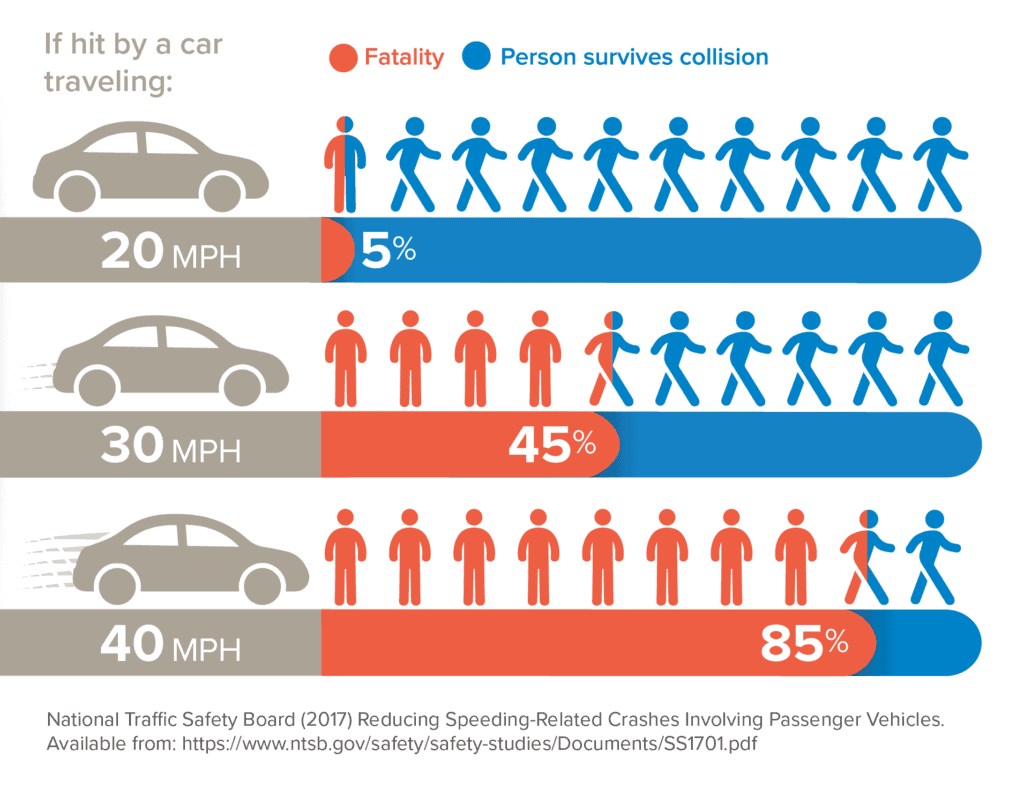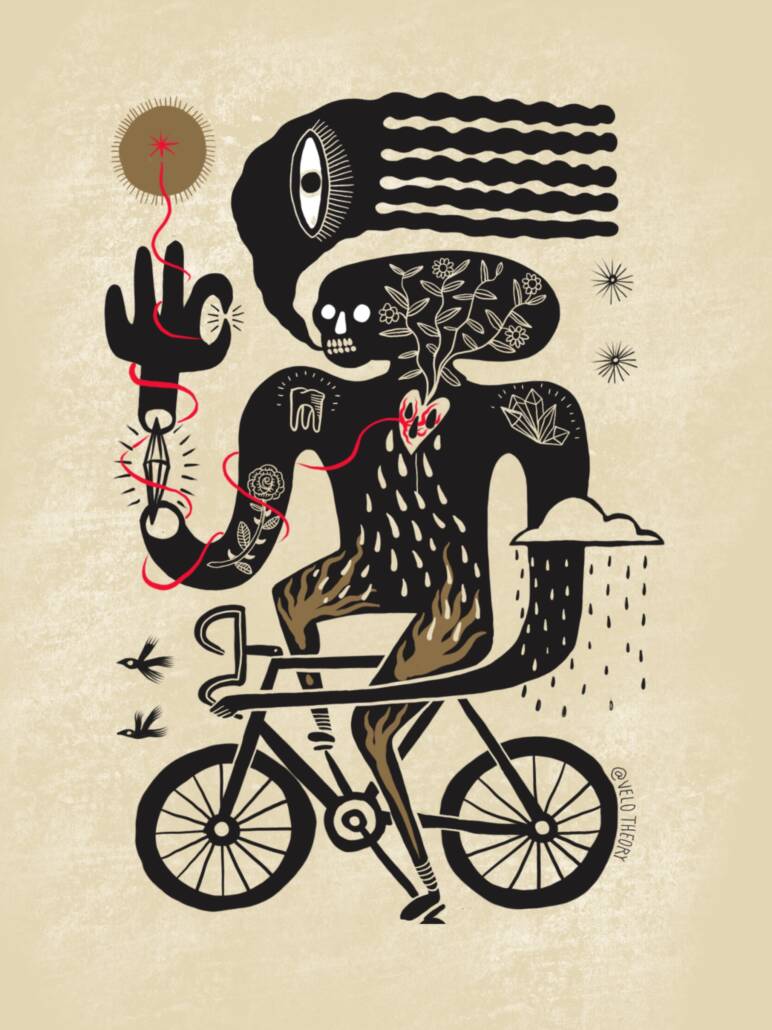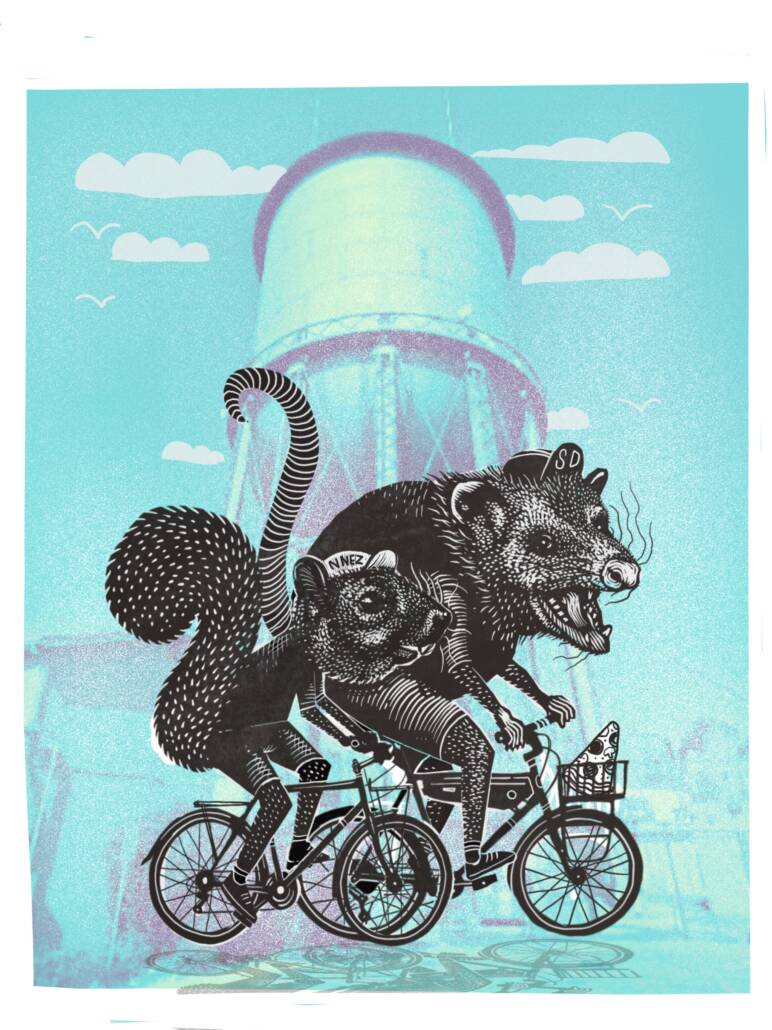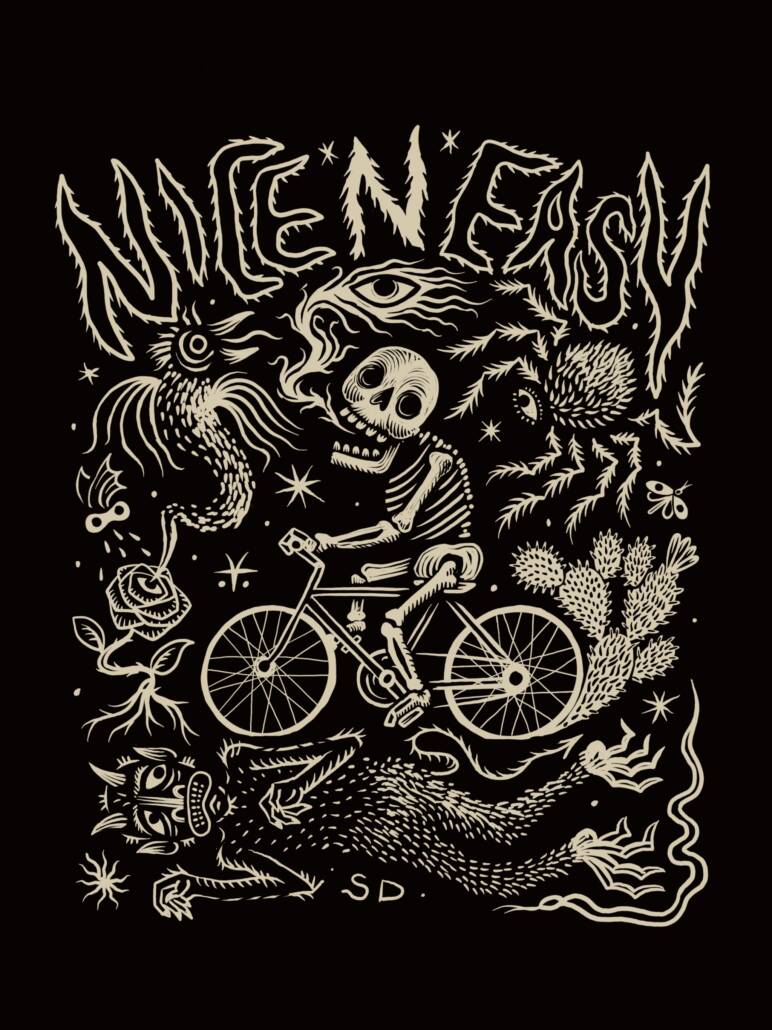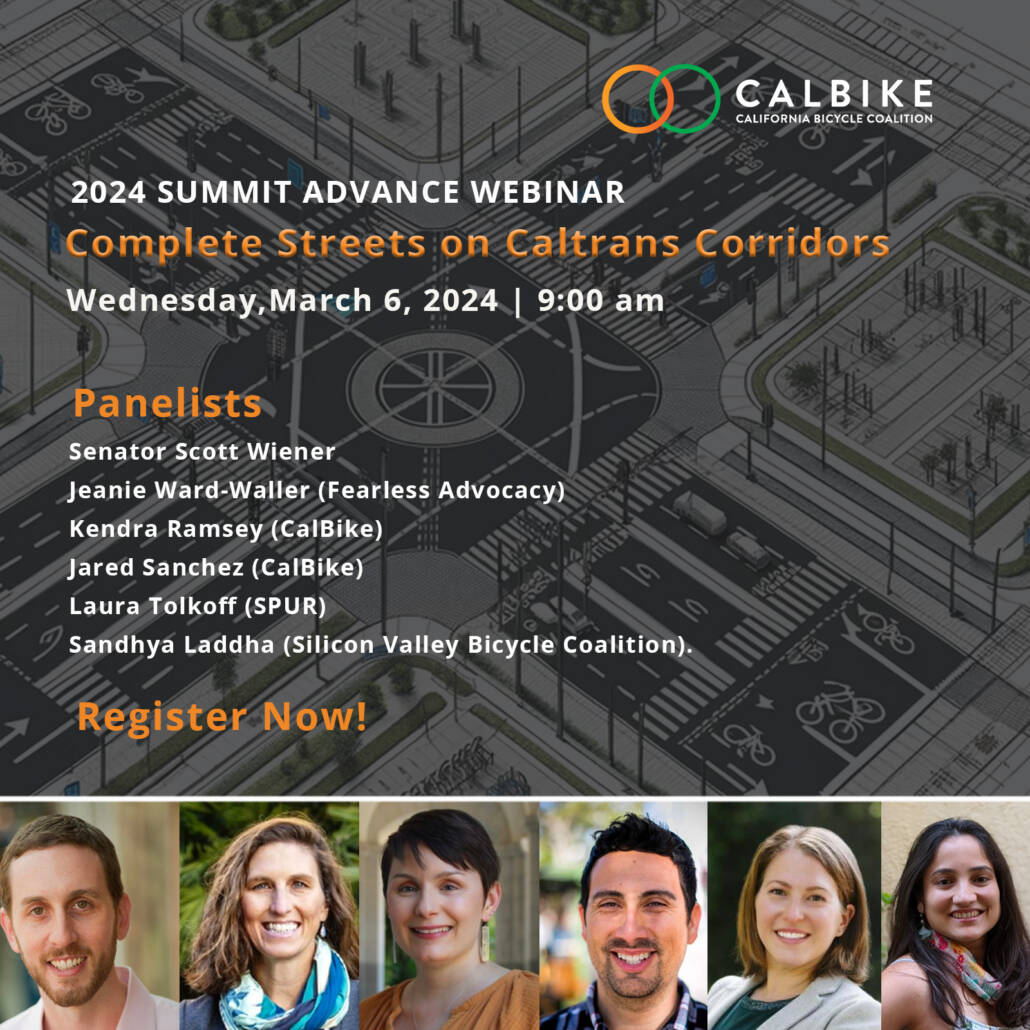FOR IMMEDIATE RELEASE
January 24, 2024
Contact: Jared Sanchez, CalBike, (714) 262-0921, Jared@CalBike.org
Senator Wiener Introduces Groundbreaking Bills to Slash California Road Deaths Epidemic
SACRAMENTO – Senator Scott Wiener (D-San Francisco) introduced the Speeding and Fatality Emergency Reduction on California Streets (SAFER California Streets) Package, Senate Bills 960 & 961, a first-in-the-nation effort to make California roads safe and accessible to all users. Senate Bill 961 requires changes to vehicles directly, including a first-in-the-nation requirement that all new vehicles sold in California install speed governors, smart devices that automatically limit the vehicle’s speed to 10 miles above the legal limit. SB 961 also requires side underride guards on trucks, to reduce the risk of cars and bikes being pulled underneath the truck during a crash.
Senate Bill 960 requires that Caltrans, the state transportation agency, make physical improvements like new crosswalks and curb extensions on state-owned surface streets to better accommodate pedestrians, cyclists, the disability community, and transit users.
These changes are a head-on attempt to tackle vehicle fatalities, which are surging across the U.S.—and especially in California—amid a rise in reckless driving since the onset of the pandemic. A recent report from TRIP, a national transportation research group, found that traffic fatalities in California have increased by 22% from 2019 to 2022, compared to 19% for the U.S. overall. In 2022, 4,400 Californians died in car crashes.
The rise in road deaths in the U.S. is a sharp contrast with reduced road fatalities across the developed world. A recent investigation by the New York Times found that “if the U.S. had made as much progress reducing vehicle crashes as other high-income countries had over the past two decades, about 25,000 fewer Americans would die every year.” Other nations are making progress to protect road users, while in the U.S. the problem grows steadily worse.
“The alarming surge in road deaths is unbearable and demands an urgent response,” said Senator Wiener. “There is no reason for anyone to be going over 100 miles per hour on a public road, yet in 2020, California Highway Patrol issued over 3,000 tickets for just that offense. Preventing reckless speeding is a commonsense approach to prevent these utterly needless and heartbreaking crashes.”
“Additionally, many state-owned roads across the state need to be improved to accommodate all users, including pedestrians, cyclists, motorists, and public transit riders. State roads — which are often main streets in smaller towns — should be safe for anyone wishing to walk, bike, or wait for the bus – and we can do a lot better by requiring things like crosswalks, bike lanes, rapid bus lanes, and safe bus stops. Instead of leading the rise in traffic fatalities, California should be leading the nation in reducing needless deaths on our roadways. The SAFER California Streets Package allows us to reclaim that leadership for a safer and more sustainable future.”
Speed Kills
The chance of a fatal crash drastically increases when a driver is speeding. According to the California Office of Traffic Safety’s (OTS) 2023 Traffic Safety Report, one-third of all traffic fatalities in the state between 2017 and 2021 were speeding-related. The National Association of City Transportation Officials (NACTO) notes that “a person hit by a car traveling at 35 miles per hour is five times more likely to die than a person hit by a car traveling at 20 miles per hour.”
Since the onset of the COVID-19 pandemic, drivers have engaged in increasingly reckless behavior, putting themselves and others at risk. TRIP found a 23% increase in speeding-related crashes in California from 2019-2022.
What are Speed Governors?
Speed governors, also referred to as speed limiters or Intelligent Speed Assistance (ISA), are vehicle technologies that prevent vehicles from exceeding a certain speed. Intelligent Speed Assistance (ISA) refers to systems that use GPS technology and sometimes on-board cameras to determine the speed limit on a specific roadway, issuing driver warnings through audio, visual, or vibration signals and/or limiting vehicle speeds accordingly.
The National Transportation Safety Board (NTSB) has repeatedly recommended that car manufacturers install such technology in all new passenger vehicles in order to prevent fatal crashes. They have also called for the National Highway and Traffic Safety Administration (NHTSA) – the federal passenger vehicle safety regulator – to develop regulations requiring, at a minimum, intelligent speed assistance systems that warn a driver of a vehicle that they are speeding.
Speed governors will be required in all vehicles sold in the EU beginning July of this year. The devices must warn drivers when they have surpassed the legal speed limit of a specific roadway through alarms or accelerator resistance.
In the United States, multiple local jurisdictions – including Ventura County – have implemented aftermarket conversions of speed governors on their vehicle fleets. The New York City Department of City Administrative Services launched a pilot program in 2022, outfitting 50 vehicles in its vehicle fleet with speed governors. The NTSB has identified 18 major vehicle manufacturers – including Ford, BMW, Mercedes-Benz, and Nissan USA – that offer some form of speed governors on at least some vehicle models in the United States. With strengthened EU regulations set to go into effect in July 2024, it is likely that equipping vehicles with the technology as an optional feature in the United States will become the norm.
In line with NTSB recommendations, SB 961 requires every passenger vehicle, truck, and bus manufactured or sold in the state to be equipped with speed governors that limit the vehicle’s speed based on the speed limit for the roadway segment. The maximum speed threshold over the speed limit for that segment that the speed governor may permit the vehicle to travel at is 10 miles per hour over the speed limit. SB 961 also permits the vehicle operator to temporarily override the speed governor function. SB 961’s speed governor requirement does not apply to emergency vehicles.
Furthermore, the bill allows the California Highway Patrol (CHP) to use its discretion to authorize the disabling of speed governors on vehicles based on the specialized use of the vehicle, provided that the vehicle’s use is reasonable and would not pose a public safety risk.
Sideguards Save Lives
Underride crashes are collisions involving cars and large trucks where the car slides under the body of the truck during the collision. Due to the point of impact for such collisions often being the hood or windshield of the car, such crashes are especially deadly.
Side underride guards, or sideguards, are structures attached to the bottom of the sides of trailers in order to lower the profile of a trailer to more closely align with passenger vehicle profiles. Side underride guards prevent vehicles, in the event of a collision with a truck’s body or trailer, from sliding under the body or trailer.
Previous efforts to require sideguards have been stymied by the trucking lobby. ProPublica and Frontline have extensively reported on how pressure from the American Trucking Association repeatedly led to NHTSA significantly watering down and rewriting reports – including the removal of a recommendation to federally mandate side guards.
SB 961 requires every truck with a gross vehicle weight rating exceeding 10,000 pounds manufactured, sold, or registered in the state to be equipped with functional side guards on both lateral sides of the vehicle. The bill requires the side guard to be able to provide crash protection for mid-size vehicles colliding with a trailer at up to 40 miles per hour.
SB 961 also directs the CHP to require inspection by the department of the side guards of any vehicle involved in a collision impacting the side guards, and require vehicle drivers to conduct regular inspections of side guards for damage and functionality and replace damaged units as necessary.
Making Streets Accessible to All
In transportation planning, “Complete Streets” is an approach to designing and operating roads and the surrounding infrastructure that accounts for all road users, including pedestrians, cyclists, motorists, and transit riders. It also accounts for the needs of communities that have been systematically ignored in the design of the built environment, including the disability community, the aging community, those without access to vehicles, and communities of color.
Complete Streets elements can include sidewalks, bike lanes, bus-only lanes, comfortable and accessible public transportation stops, frequent and safe crosswalks, median islands, accessible pedestrian signals, curb extensions, narrower travel lanes, and more.
In California, most surface roads maintained by the state do not have infrastructure to protect the full range of road users. Most (55%) projects in Caltrans’s biggest road maintenance program, the State Highway Operation and Protection Program (SHOPP) have no complete streets elements. Many state-owned roads currently have no or deficient sidewalks, minimal crosswalks, no bike lanes, or any safe facilities for vulnerable road users. The result is that state roads are inaccessible or dangerous to many potential users.
In 2019, the Legislature passed SB 127 (Wiener), which required Caltrans to prioritize safe and connected facilities for pedestrians, bicyclists, and transit riders on all SHOPP projects and in the asset management plan. Such improvements are consistent with recommendations outlined in the State’s Climate Action Plan for Transportation Infrastructure (CAPTI). Governor Newsom vetoed the bill but implemented many of its provisions in watered-down form through executive order.
SB 960 codifies the Department’s commitment to implement complete streets by requiring Caltrans to prioritize the implementation of safe, convenient, and connected facilities for pedestrians, bicyclists, and transit users on all SHOPP projects.
SB 960 requires Caltrans to set 4-year and 10-year targets and performance measures reflecting complete streets assets. SB 960 further requires the Department to establish a streamlined process for the approval of pedestrian facilities, traffic calming improvements, bicycle facilities, and transit priority treatments at locations where state-owned facilities intersect with local facilities.
Prioritizing Transit
Buses and some other modes of public transportation are often stuck in traffic, creating a slow, frustrating, and stressful experience for riders and making transit less attractive. Planners can improve this experience by designating certain roads to be transit priority roads, which could include adding features like a rapid bus lane.
Caltrans has engaged in preliminary stakeholder engagement to develop a transit priority policy. The timeline for development of this policy – or its specific objectives – is currently unclear. Amidst a backdrop of transit ridership struggling to rebound and car ownership costing more than it ever has, it is imperative that this process proceed swiftly.
SB 960 directs Caltrans to develop – by January 1, 2026 – a transit priority policy with performance targets to improve transit travel time reliability, speeds, reduced transit and rider delay, and improved accessibility at stops, stations, and boarding facilities.
Further, the bill requires Caltrans to establish automatic and expedited design exceptions and a streamlined approval process for transit priority improvements.
Senate Bill 960 is sponsored by Calbike, SPUR, Streets For All, AARP California, TransForm, KidSafe SF, and Walk SF.
Senate Bill 961 is sponsored by CalBike, Streets For All, and Walk SF.
“Traffic crashes are the leading cause of death for kids in California in large part because vehicles are now faster and more dangerous than ever. We’ve all seen situations on our streets where a vehicle is speeding down a busy street with vulnerable people close by — at best it’s unsettling, and at worst people lose their lives,” said Robin Pam, an organizer with KidSafe SF.
“This legislation is an important step toward making our streets–and cities–safer for everyone by preventing vehicles from speeding dangerously on our city streets and redesigning our roads for safety. We applaud Senator Wiener’s leadership at the state level to to make our streets safe enough for kids.”
“Complete Streets not only make it easier for people to choose biking or walking, enabling the mode shift we need to combat climate change, but they make our streets safer for people in all modes of transportation. Truck side guards and speed governors are two simple, effective, and achievable ways to save lives on our dangerous streets,” says CalBike Policy Director Jared Sanchez. “CalBike is proud to be a cosponsor of Senator Wiener’s excellent safe streets package of bills.”

